What are the types of hemp?
min. reading
Hemp is one of the most widely used plants in the world, the most popular crop on the planet, and has been known since the beginning of Old World civilization. Their first traces of use date back to the Neolithic period, a period of more than 3,000 years BC. – Today they grow on all continents except Antarctica. These facts have influenced a great diversity of species and hundreds of new varieties within Cannabis L. If you think of cannabis you have a whole lot of varieties of sativa and indica hybrids in front of your eyes and you are not quite familiar with the subject – this article is for you.
Hemp (Cannabis L.) is a genus of oleaginous and fibrous plants of the hemp family (Cannabaceae), annual, reaching up to 5 m in height during the growing season. Within the hemp genus, 3 gene pools are distinguished: indica, hemp and wild. These gene pools distinguish plants by their structure, external appearance as well as phyto substance composition. These are so-called varieties, in which sativa or indica genotypes will be mixed in different proportions. Another popular term is fiber hemp or industrial hemp, the definition of which is derived from Article 4 of the Anti-Drug Law. In contrast, the scientific and medical community uses the term medical hemp or medical marijuana. All these types of hemp refer to a single plant, namely Cannabis L. however, it is important to note some differences between them.
Table of Contents
Cannabis indica
Cannabis indica, or Cannabis indica L., is one of the gene groups of plants in the hemp genus. Their native origins are in the Middle East and Afghanistan. Varieties with dominant indica genetics will be considerably shorter in height compared to seed hemp. They are more spread and bushy, and more tolerant of lower temperatures. Usually such varieties have fewer leaves and larger inflorescences – but this is not an absolute rule.
Cannabis plants dominated by the indica genotype are plants just as rich in cannabinoids as cannabis varieties, however, it is in them that you will usually find the highest concentrations of THC, the consciousness-altering substance. This does not mean that varieties with dominant sativa genetics will be devoid of it. However, the level of tetrahydrocannabinol will be somewhat lower, and in some cases definitely lower.
Wild hemp
Another representative of the hemp genus is wild hemp, or Cannabis ruderalis Janisch. The species name ruderalis means, from Latin, a plant that grows on debris, places of former natural habitats of plants and animals that have been destroyed due to human activity. The native origin of this species is in the Russian territories. Wild hemp is usually the lowest representative of the species. The plant reaches a height of up to 150 cm, they have much smaller inflorescences. And their distinctive feature is the presence of an inflorescence.
Since ruderalis varieties are used to living in imperfect conditions, they are much more hardy than other species. This also affects their flowering pattern and cannabinoid content – these strains tend to have the lowest THC levels.
Hemp
Some systematic approaches consider hemp, or Cannabis sativa L., to be the sole representative of the genus hemp, within which we distinguish taxa in the rank of subspecies. Others – define it as one of several species. The native origin of hemp varieties is the circumpolar areas: the territories of today’s Colombia, Mexico, Thailand and Transcaucasia and Afghanistan.
Varieties with dominant sativa genetics are thermophilic and grow very quickly, reaching impressive heights of up to 5 meters. They will have significantly more leaves and, depending on their origin, more seeds, fibers or larger inflorescences. The latter are the source of cannabinoids, which, in the case of these genetics, provide the greatest diversity when it comes to the profile of these chemicals. The proportions of the main cannabinoids, i.e. THC and CBD, will depend on the genetics, with usually low to medium levels of THC, and low to high levels when it comes to CBD. In summary – there is a great deal of diversity in these strains.
Within the monotypic approach, 2-3 taxa are distinguished within the cannabis species in the rank of subspecies or varieties:
- Cannabis sativa subsp. indica (Lam.) or Indian subspecies
- Cannabis sativa subsp. sativa (= C. sativa var. vulgaris) – which is the nominative variety, i.e. the one that was defined first within the species. Within this subspecies, we also distinguish the wild variety – with more branched, loose inflorescences.
Hemp of the Cannabis sativa L. species that meets the THC content standards of the Anti-Drug Abuse Law is referred to as fibrous hemp.
Industrial (fiber) hemp
In addition to the production of CBD oils and hemp foods, hemp can be the base for making hundreds of other items. Particularly popular is the use of hemp fiber for rope and fabric, as well as the best for making bioplastic or concrete. Industrial varieties, i.e. those that can be legally grown in the European Union and other countries, are usually normalized by law. In Poland, fiber hemp is defined in the Law on Counteracting Drug Addiction, which distinguishes:
“Fiber hemp – plants of the hemp species (Cannabis sativa L.), in which the sum of the content of delta-9-tetrahydrocannabinol and tetrahydrocannabinolic acid (delta-9-THC-2-carboxylic acid) in the floral or fruiting tops of the plants, from which the resin has not been removed, does not exceed 0.20% on a dry weight basis:”
Due to the use of hemp in various industries, the varieties of Cannabis sativa L. grown for these purposes seek to maximize the yield of fiber, seed, biomass per hectare, as well as to improve the quality of the fiber, increase the content of the cannabinoid CBD and other non-psychoactive cannabinoids, which are used in the food and dietary supplement industries. Industrial hemp farmers sow special varieties such as: Henola, Finola, Białobrzeskie or Tygra. Because they use certified seed, they are assured of the genetics and that the plants meet regulatory requirements. Within the EU, THC content in cannabis cannot exceed 0.2%.
In 1995, there were 12 varieties of industrial hemp registered in the EU (seven of which were French). Since 2004, the number of registered hemp varieties has increased to 45. In 2008, the list contained 46. Currently, the number of varieties registered in the EU is more than 60. Historically, dioecious varieties were grown, i.e. varieties under which male and female inflorescences occurred on different individuals. Such crops are considered less productive compared to monoecious varieties, i.e. having male and female flowers on one plant. Breeding of varieties for industrial use is handled by the Institute of Natural Fibers and Herbaceous Plants, which is credited with creating globally popular monoecious varieties such as Białobrzeskie and Henola.
Cannabis hybrids
Super silver haze, Blue gelato, AK-47 or Candy kush are just some of the cannabis strains in a list of several hundred different so-called plant strains with unique cannabinoid and terpenoid or flavonoid content. It is estimated that there are more than 700 strains with mixed sativa and indica genetics, which not only look different, but also taste and smell different. Note that as of today, it will be difficult to find a cannabis strain that has 100% indica or sativa genetics. Most varieties are hybrids that have characteristics of both gene pools.
As one of the oldest crops on the planet, hemp has gone through a stage of cross-breeding between different varieties since its inception. In addition, migrating with humans over thousands of years, resulted in key species diversification. Currently, hemp plants are found on every continent except Antarctica.
Medical hemp
A growing number of scientific studies are proving that plants of the Cannabis L. species have therapeutic effects within various medical conditions. The international medical and scientific community has adopted the term medical cannabis or medical marijuana, which refer to the medicinal properties of certain components of the plant. However, this does not mean that there is any particular strain of hemp with medical properties – there are strains with mixed genetics, distinguished by their high content of a selected component, such as CBD or THC, however, all strains of hemp have the same groups of phytonutrients namely: cannabinoids, terpenes and flavonoids, so they all have therapeutic potential.
Hemp for medical purposes has been available in Polish pharmacies since 2018 for patients with a special prescription. Currently, most́ medical hemp products are based on crops of Cannabis sativa L. More than 100 varieties with unique effects are used in medicine.
Sources:
Law on Counteracting Drug Addiction – Legal status as of: 22.04.2022, Dz.U.2020.0.2050
https://www.gbif.org/species/113650527
https://www.cdr.gov.pl/images/Brwinow/wydawnictwa/2021/Konopie.pdf

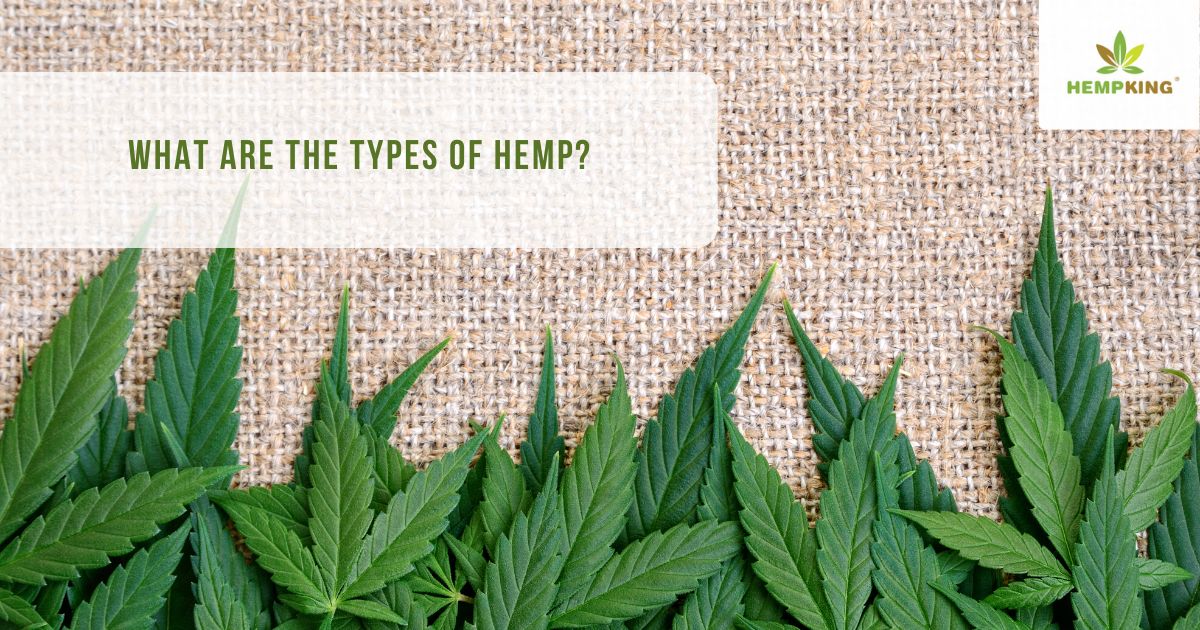




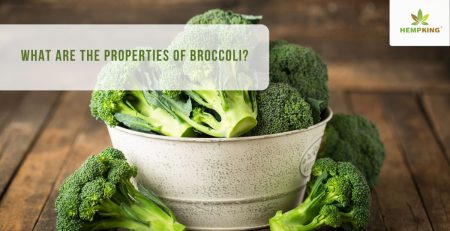

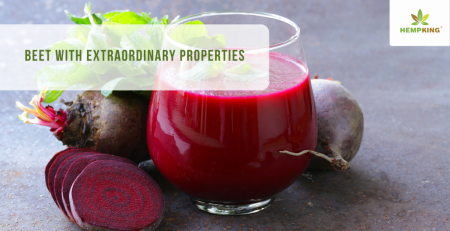


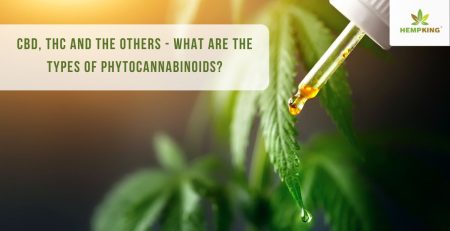

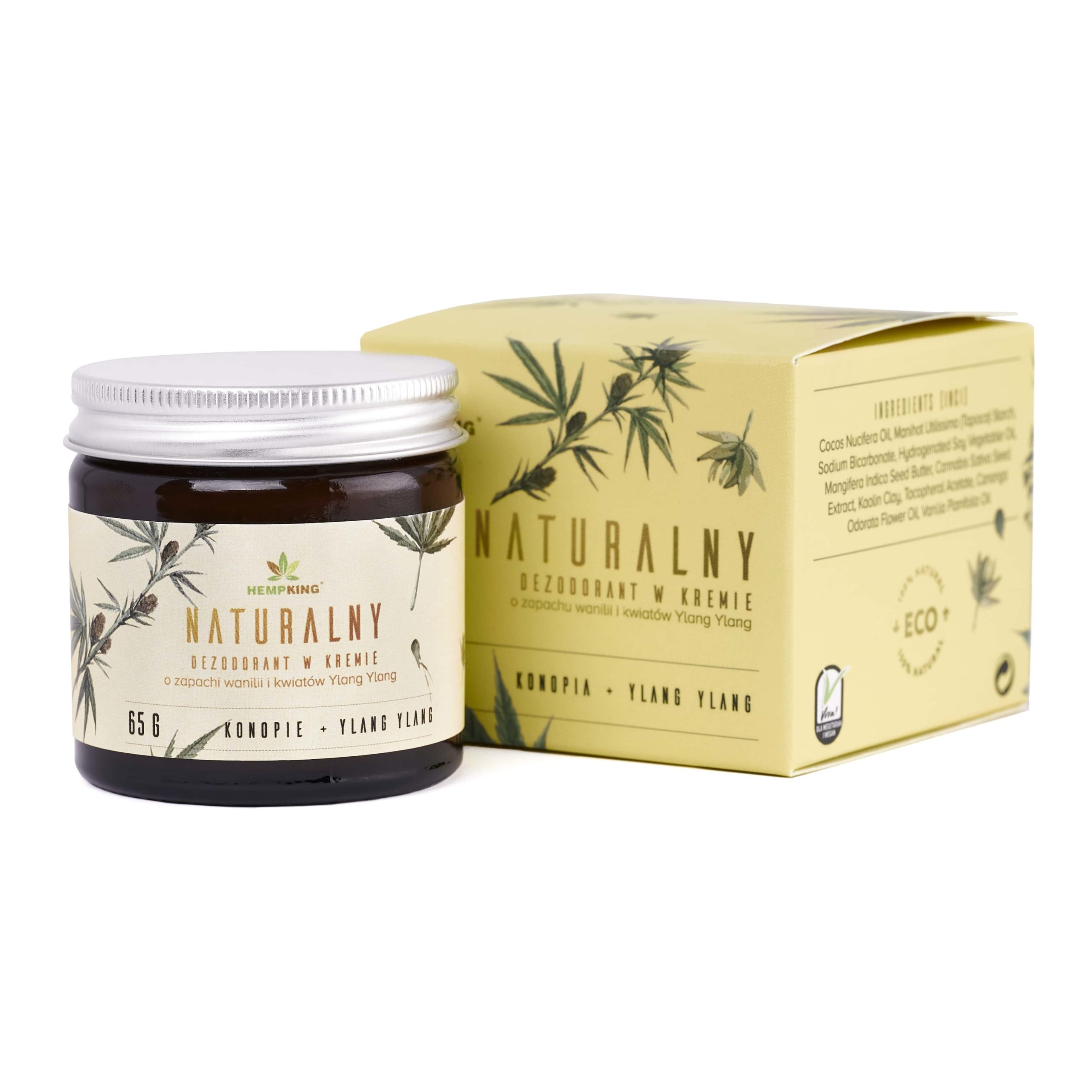
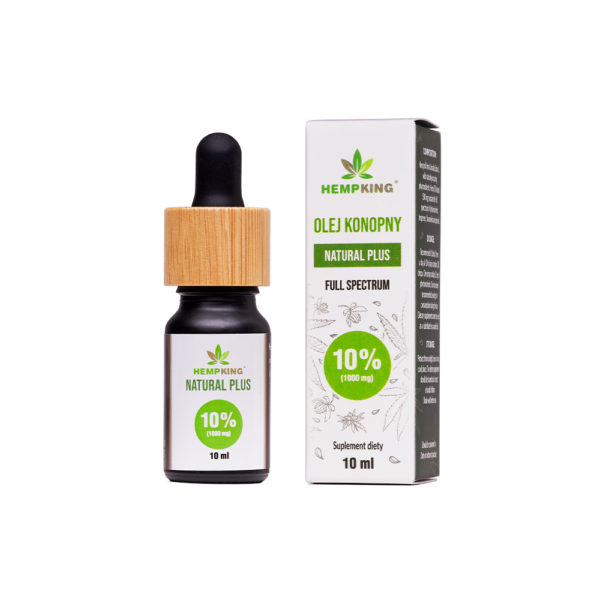
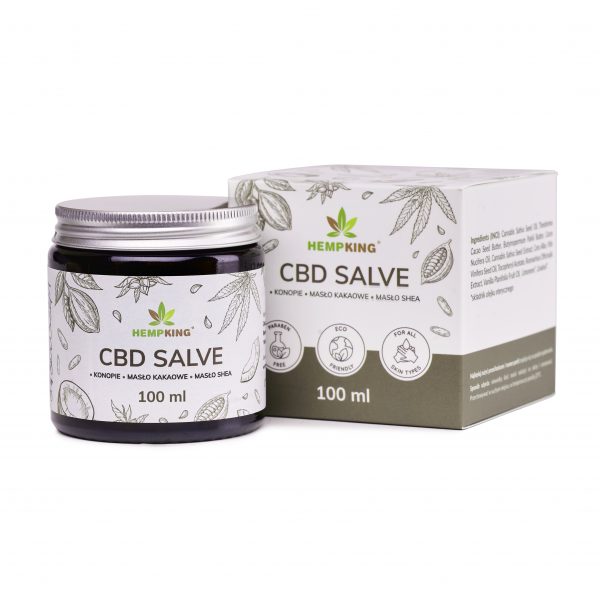
 Facebook
Facebook Instagram
Instagram

Leave a Reply